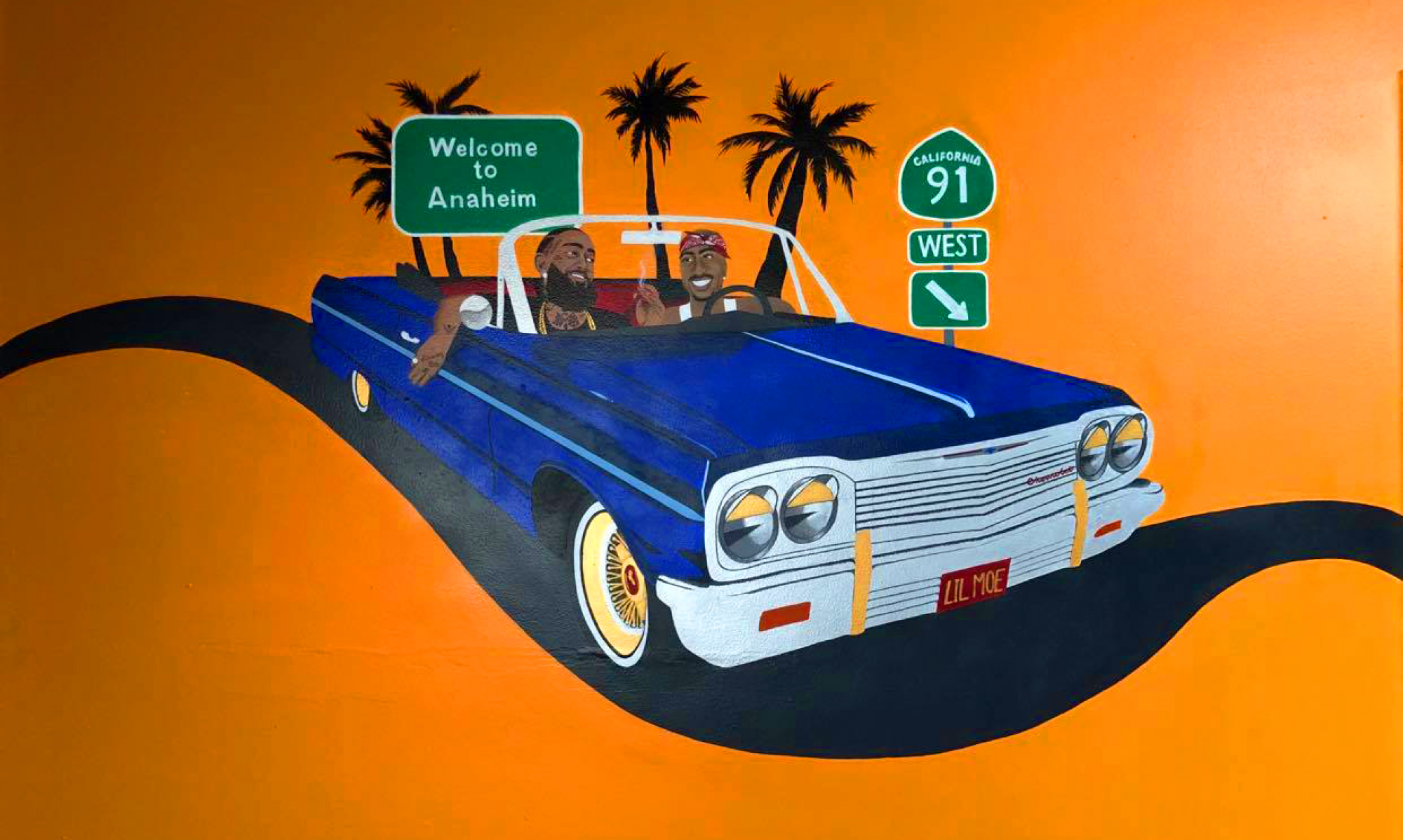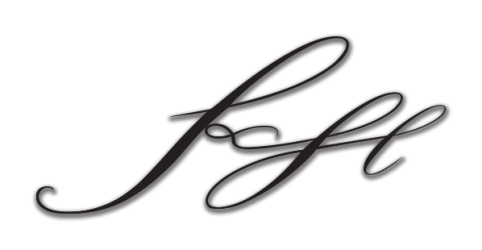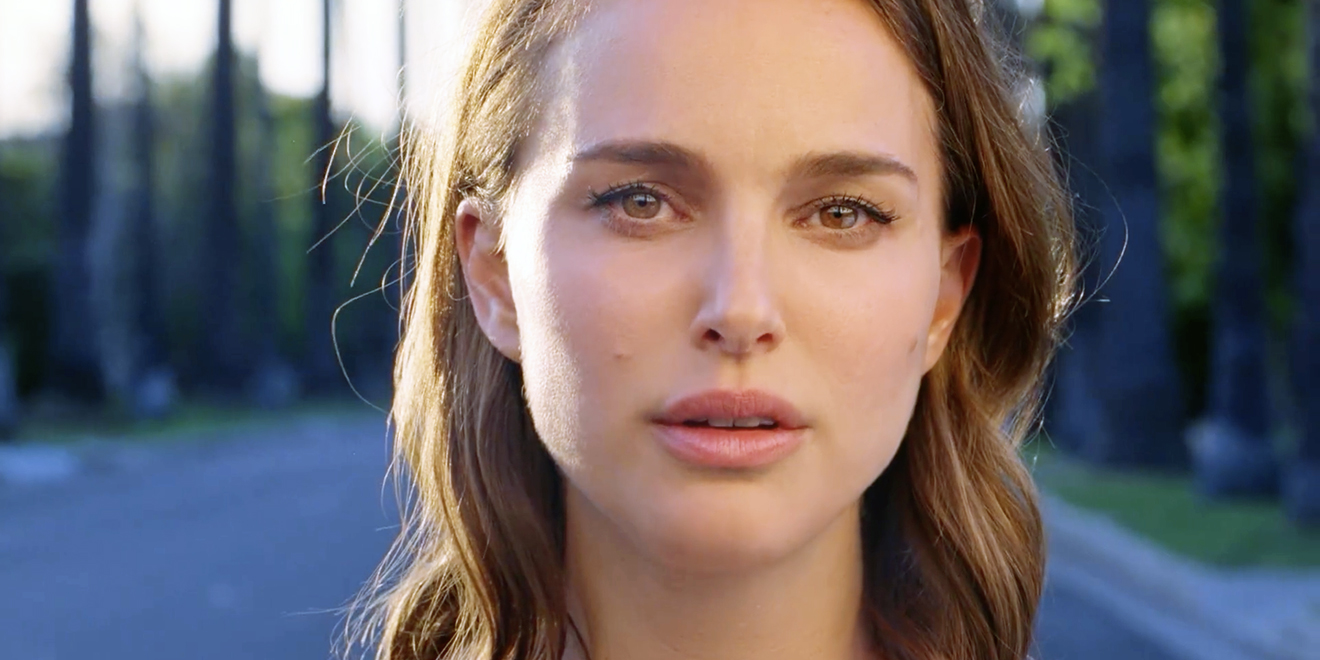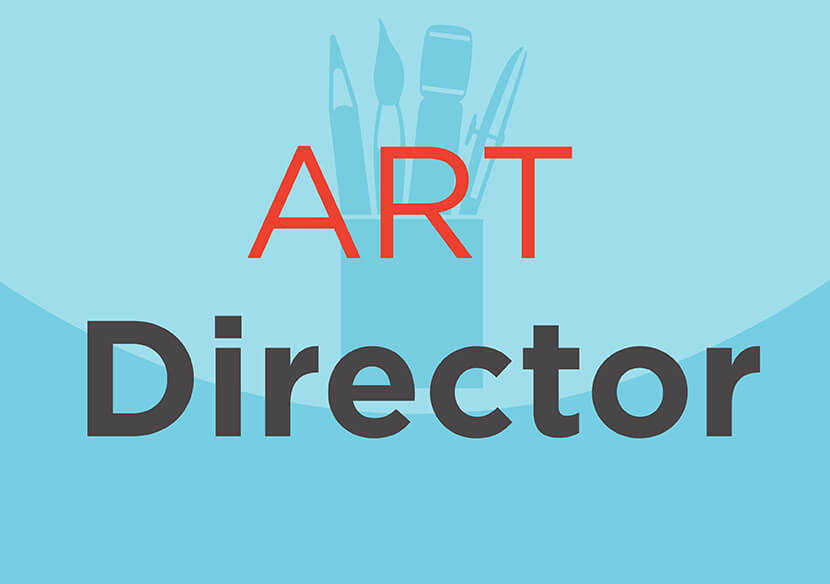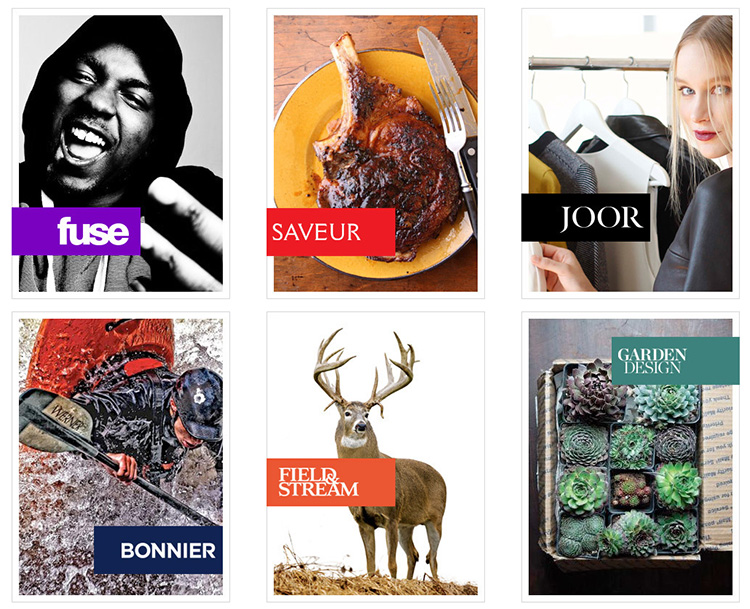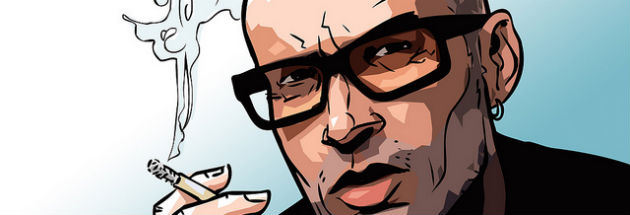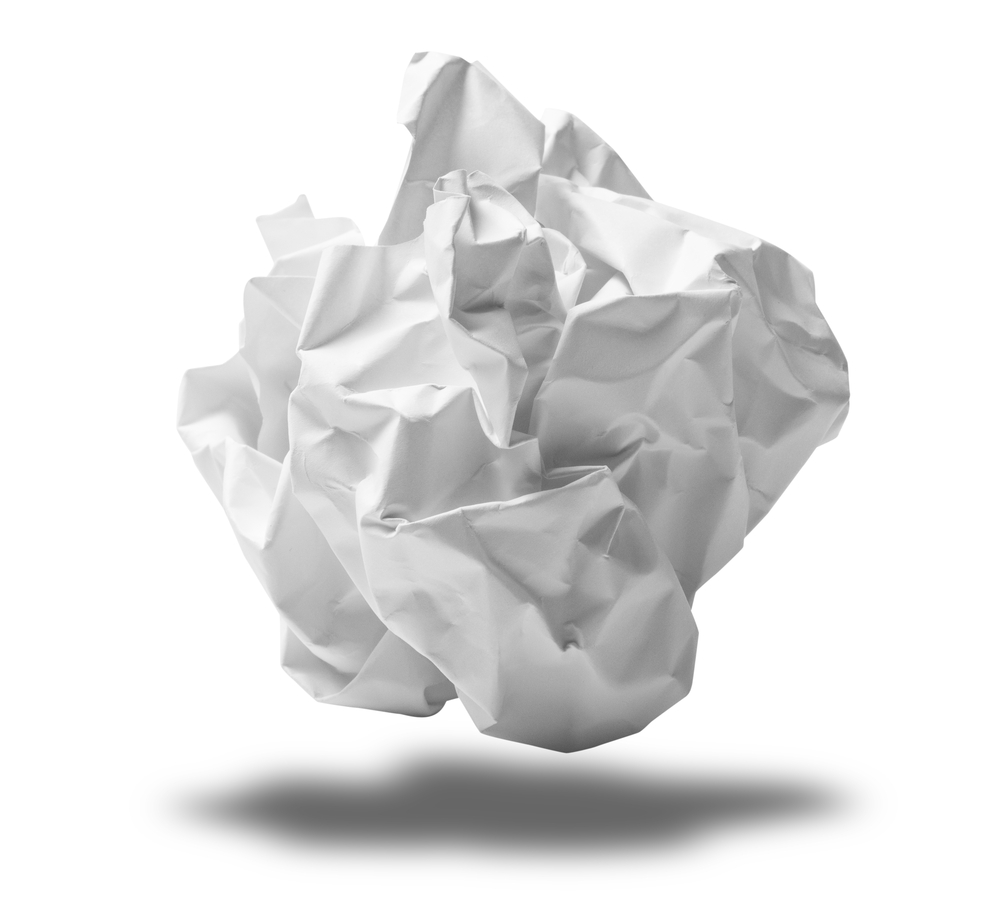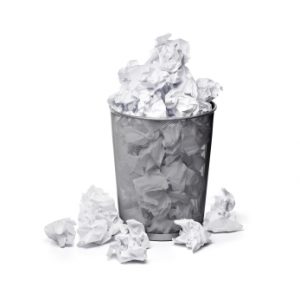As 2017 is taking its final bow, I have come to notice a few trends within the advertising industry. Take a look at these ten trends that the creative team is talking about!
1. Authenticity – Get Real!
Modern day consumers like brands who are cool without trying too hard. They appreciate authenticity as it proves that the brand is really in-touch with their audience. One campaign that exemplifies this is one by Nike that aired last year during the Olympics, titled “Unlimited.” In the ad, the first transgender athlete to compete as part of the U.S. men’s Olympic team is featured telling his story. The execution of it all was great as he was able to showcase his achievements without coming off as sappy or overdone.
2. Values-based Advertising
In relation to the point above, establishing a relationship between brand and buyer has become a common dynamic present in ads of today. Appealing to an audience’s interests and values through ads makes a brand seem more human and invites the audience to engage in conversation. For instance, Always was able to hit virality before even airing their Superbowl ad as part of the #LikeAGirl campaign. Instead of focusing on feminine hygiene products, the execution of the YouTube video addressed female empowerment through the question, “What does it mean to do something ‘like a girl’?”
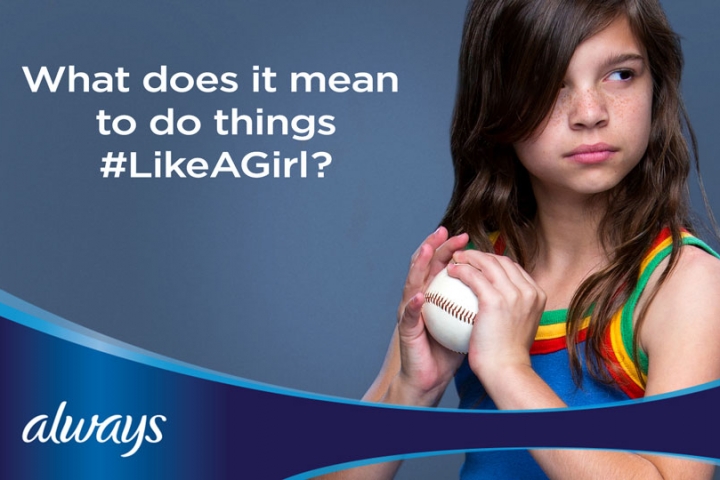
3. Humanization of a Brand Through Tone
The overall humanization of brands has become more popular than ever; we now see companies presenting raw concepts and authenticity upfront, relating to the audience through their values, and, of course, speaking with an understandable, approachable, more inviting tone. This conversational approach has penetrated the ad industry, giving the audience the overall feel and experience of humanization. Gone are the days of monologues and one-sided convos in ads.
4. Personalization – Hitting Home
For a brand to address a very personal issue means to “hit home” with their audience. It does not only show relatability, but may be able to demonstration empathy in some cases. The creative team R/ GA had the right idea when they called on an Australian band to write a song about the lead singer’s son battling leukemia for an interactive film for their client, Google Play.
5. The Social Validation Technique
Creative teams have caught on to the fact that people like to copy people; it’s a completely natural human instinct to follow what someone else is doing as well as become influenced by others. This search for social validation has been incorporated in various ads to date. It’s not unusual to see brands take user generated content and flip it into an ad. Many ways of making people find justification exist.
6. Utilizing Date
Things like location, browsing behavior, online activity, etc. can be utilized to better target an audience. It’s the job of the creative team to determine an appropriate way to incorporate these elements in their execution. This goes way beyond Netflix recommendations -the possibilities are endless.
7. Augmented Reality (AR)
We see the rise of AR and such technology, as it provides the audience with a more engaging and realistic experience that can even be useful to some. With things like the Apple AR kit and Google Lens, it is greatly anticipated. Expect AR to become more involved through advertising.
8. Chatbots
Just when you thought that mining data at the advantage of the advertiser was creepy, brace yourself for chatbots. They’re not necessarily a new concept, but they’ve come a long way and continue to make their way to the top. Brands who advertise through Facebook have implanted chatbots in the Facebook Messenger app to interact with the user in an intimate, casual, and more natural way. With Facebook releasing restrictions on promotional content, we can expect creatives to take advantage of this medium and shoot their shot with chatbots.
9. Video Advertising
While we’re talking about Facebook, it would be ideal to mention its many features, including its Live feature. Video is a tool that can help boost reach and so advertising should be done exceptionally. With outlets as such, the creative team has a lot to work with.
10. Steering Clear of Twitter
It’s been proven that the format of this social media site just doesn’t work. Social media is a powerful medium with an audience spread out all over the place, but Twitter is an exception to great advertising. The next creative team to think of an intriguing advertisement with the numbered characters that works with the timeline format of the site, deserves to be commemorated.



